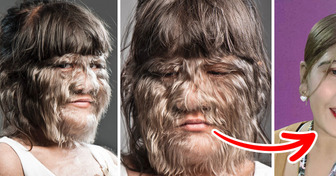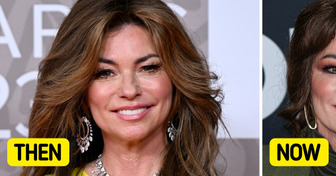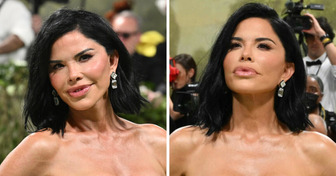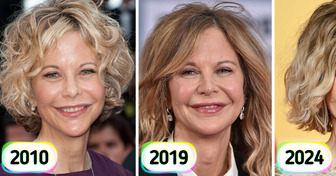Helen Hunt, 60, Stuns During Her Latest Appearance, and Her Lips Become the Center of Attention

Let’s do a little experiment together, shall we? Do you have any old family photo albums lying around? Try to look for your parents’ or grandparents’ photos. If possible, search for photos where they’re the same age as you are today.
You’ll see that even though you might look similar, there will be something odd about these pictures. Your family members appear to look older than you do today.
Sure, you probably think it might have something to do with their hairstyles — those may not be fashionable anymore. Or with vintage-looking clothes. But even if we don’t take it into consideration, people still looked older back then.
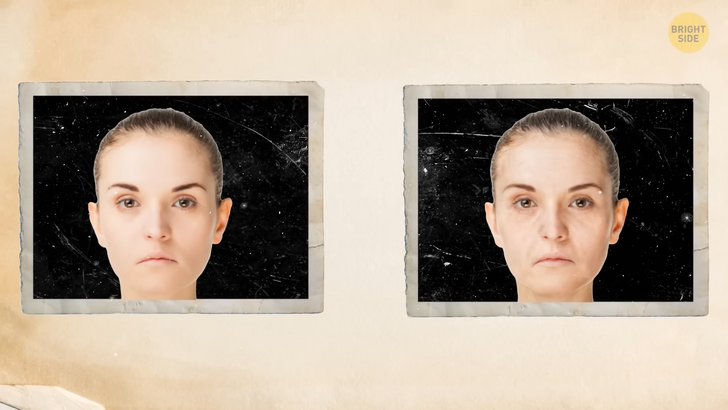
It has nothing to do with photo cameras back then, either. Specialists have looked into this phenomenon, and it does have some scientific facts to back it up. It’s not necessarily that our ancestors looked older — it’s more that we appear to look younger and younger as generations go by. That’s because, over time, humans have improved the way they live their lives.
In the U.S. alone, over the last 200 years, life expectancy has more than doubled. It now reaches about 76 years. You might believe we should thank recent medical advancements for that, but this rapid leap occurred mostly between 1880 and 1920 because of public health improvements. We began to better understand infectious diseases and how they spread, we gained access to safer types of foods, and we understood the importance of clean water.
Our individual lifestyle choices can impact the way we look, too. Working in an office for 8 hours a day does have an impact on your health, especially if you don’t exercise to improve your posture and take measures to protect your eyesight.
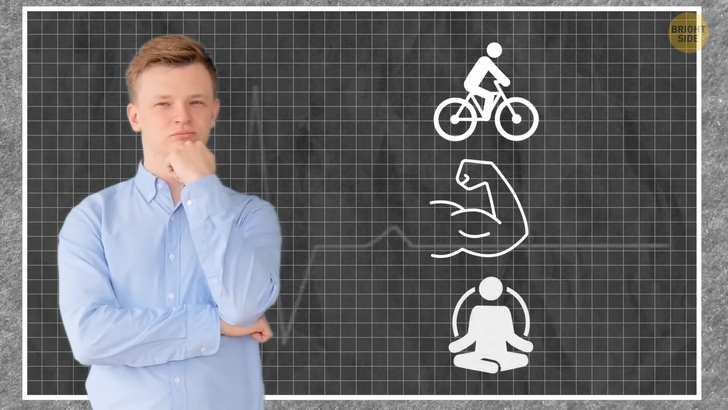
But you will still certainly age better than a Victorian chimney sweep who spent days inhaling dangerous fumes. And this change is shockingly noticeable over the course of just a few generations. Surprisingly, though, the change has not been equal for men and women.
Recent studies have shown that young males look and feel younger than young females, compared to their ancestors at similar ages. There are other factors to take into account, too. People are known to look younger and healthier if they have a nice set of pearly whites.
With recent improvements in dental care, people have more options and are better equipped to take care of their teeth than they did 100 years ago. Then there’s the way our skin looks. Probably the most important factor that contributes to skin aging is exposure to sunlight.
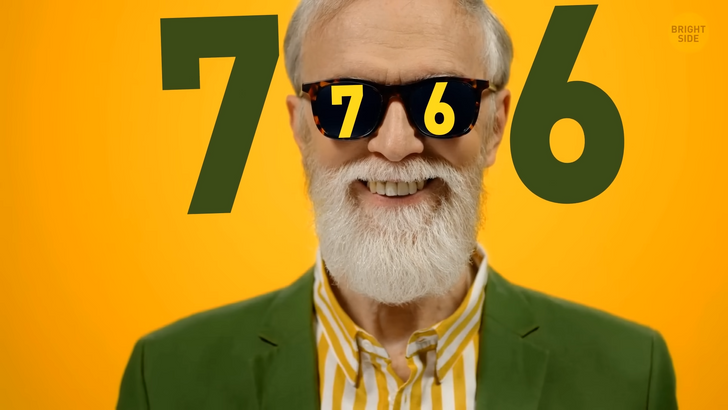
Thankfully, we’ve come up with sunscreen these days, which can keep our skin looking younger — and healthier — for longer periods of time. Lastly, we do have to take into account our own biases on older fashion trends.
Our brains are wired to associate old trends with being old. For example, your grandpa might still have the shirt he wore in that 1970s picture. And it’s because of that shirt that you retroactively associate that trend with being old. Despite the fact that your grandad does look younger in the picture than he looks today.
Aging is something humans have been interested in forever. But another recent study has shown that you can stop the aging process without crazy diets or meds. All you have to do is wait until your 105th birthday. Once you reach that age, aging appears to stop. Or it slows down to the degree that it’s no longer noticeable.
As we reach certain milestones in our lives, sadly, our risk of kicking the proverbial bucket rises. At the age of 50, our odds of passing away are three times higher than when we’re 30. It’s only natural. As we dive into our 60s and 70s, these chances double roughly every 8 years.
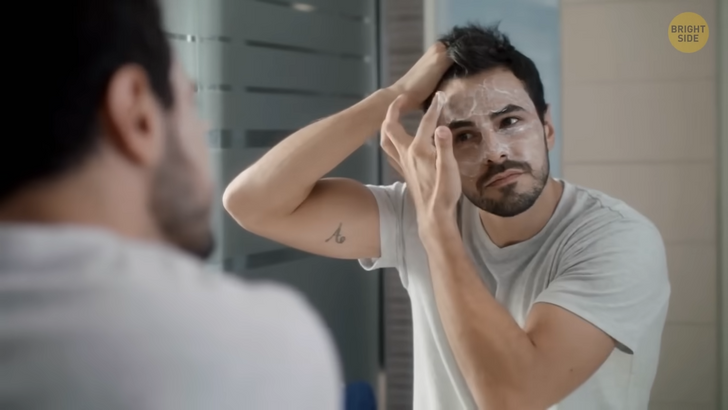
The fun part is, once we reach 105, that risk sort of levels off. What it means is that a person who is 106 years old has the same probability of making it to 107 as a 111-year-old does of reaching 112. What’s even more interesting — and encouraging — is that, as time goes by, more and more people seem to celebrate their 105 birthdays.
This all shows that even if humans are built to have a maximum age limit, we’re not there yet. Sure, the current longevity record is 122 years old, but who’s to say what’s going to happen in the future? But how do we age? It has a lot to do with our cells.
Our bodies age because the cells in our tissues are programmed to do so. In our cells’ to-do lists, they have to divide, multiply, and perform their intended biological functions. The more cells divide — when we’re growing — the older they get. That’s why the human body eventually loses its ability to function properly. Then there’s added cellular damage to take into account.
The older we get, the more likely we are to produce cells that are less healthy, which causes biological processes to fail. In each human being, there are more than 200 different types of cells. Each is designed to perform a different function, either by itself or by being part of a particular type of tissue. Those tissues merge and form our organs. Our organs are like tiny factories, where every type of cell has its own job description.

But before a cell knows what it’s supposed to do, it first starts out as a stem cell. These “super cells” have a one-of-a-kind feature: they can become any type of cell in the body. They’re also the ancestors of all other cells, from the basic cells found in our skin to the complex neurons in our brains. And they also may hold the key to age reversal.
We have to admit we’re years away from becoming Benjamin Buttons, so don’t get too excited just yet. But one molecular biologist from Harvard Medical School found a way to help mice “grow young” again. It seems that using proteins can convert a mature cell into a stem cell. It’s like taking a specific cell and restoring it to its factory settings.
In the study published in 2020, old mice that were subjected to the test had poor eyesight because of their damaged retinas. After being treated, not only could they suddenly see again, but their vision was also comparable to that of their offspring! On top of that, it seems that these changes are permanent. If we can find a way to apply this process to the human body, we might end up looking even younger than we do these days and for even longer periods of time.
Also, we could be able to prevent diseases that generally happen in the later periods of a person’s life. All these changes in the way we age can be predicted to a certain degree. But that’s only if we assume that we continue living on Earth. That’s right, one day, we might end up living on another planet. In fact, NASA is currently working on a project that hopes to send people to Mars in the late 2030s or early 2040s.
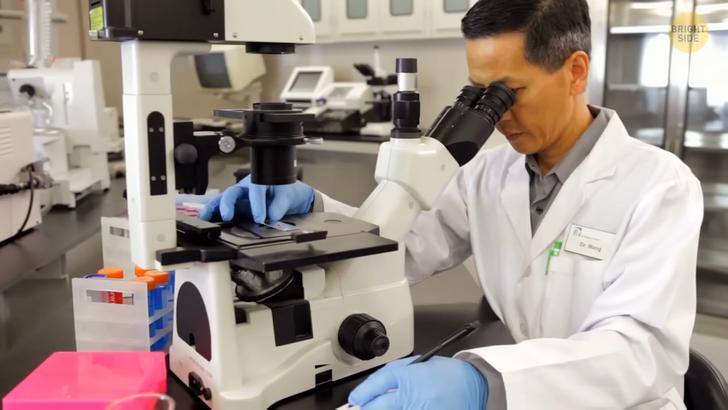
So, depending on what planet we’ll end up colonizing, our features will become a lot different, too. Our eyes will need to grow larger if we reach planets farther from the Sun than Earth. If there’s less light, we’ll need bigger eyes to see better.
Our skin might also become more pigmented to sustain harmful UV radiation outside of Earth’s protective ozone layer. We might even get thicker eyelids and more pronounced brow bones to deal with the effects of cosmic rays. Weirdly enough, humans might evolve to blink sideways to better protect the eyes from cosmic dust.
We can probably guess what we might look like when living on other planets. But there’s no way to know at this point how we might age. For now, Mars seems like a suitable candidate for us to colonize — and it’s also within our Solar System! — but without a space suit, we wouldn’t even survive a second.

